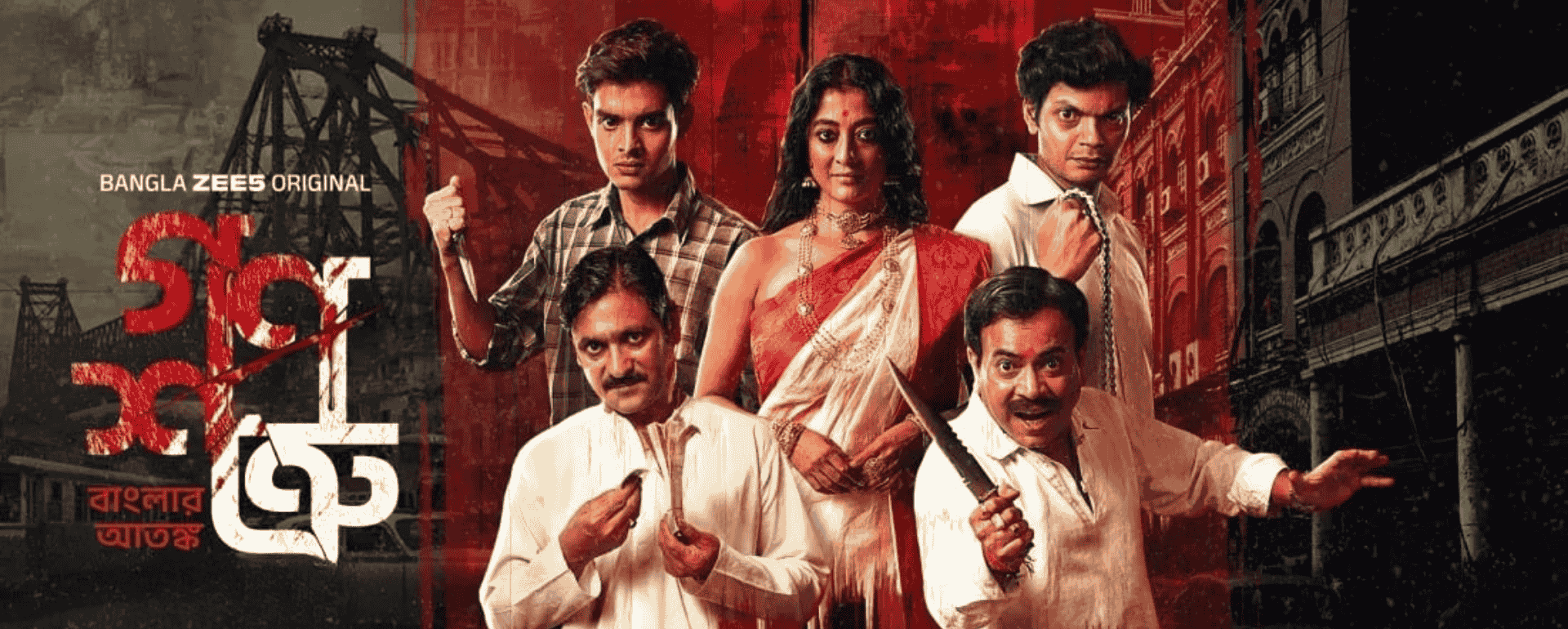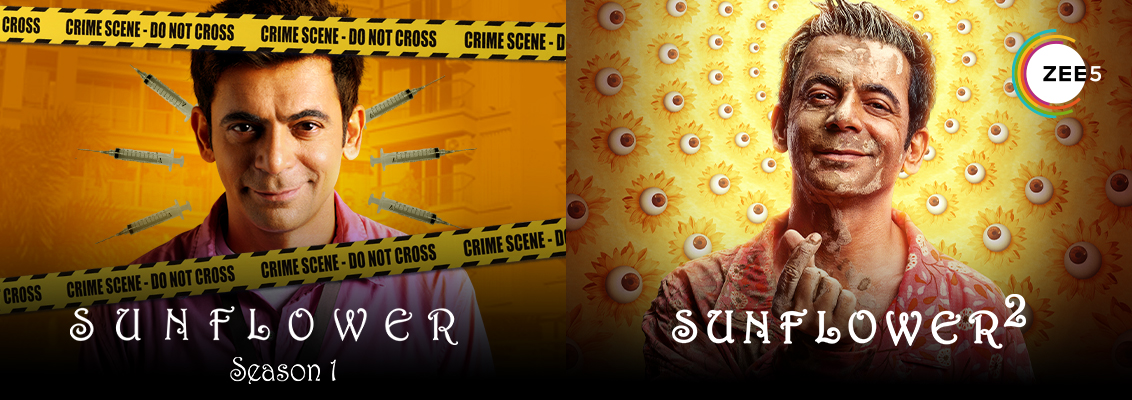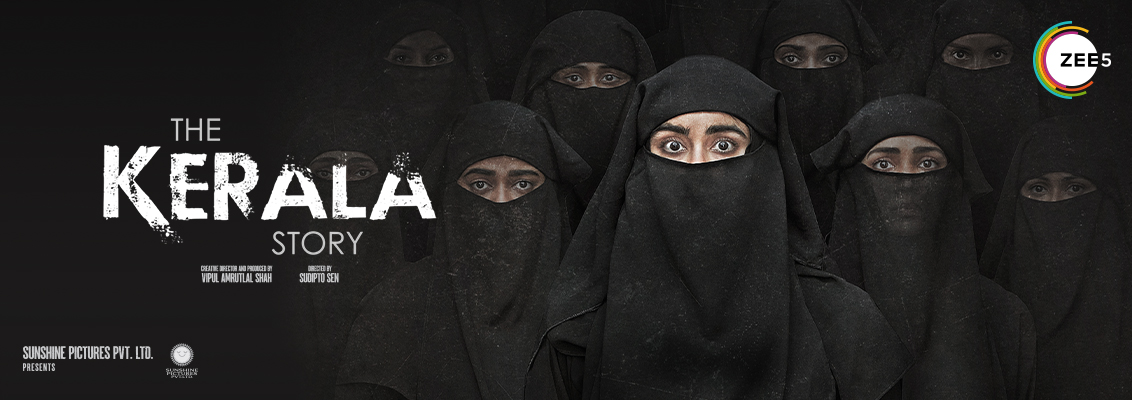The Ganoshotru web series is a Bengali crime docu-drama anthology that traces five cases that changed how entire localities thought about safety and power. Rather than racing for shocks, the show foregrounds method: what witnesses saw, how investigators worked, and what the courts concluded. Every choice—camera distance, sound bed, phrasing in voiceover—serves that aim.
If you prefer to set the mood before you start, take a single detour through our documentary web series shelf and then come right back. One internal hop is plenty; the deep-dive below is all Ganoshotru.
Story Architecture: Five Cases, One Thesis
Each chapter focuses on a single figure—Sajal Barui, Kamruzzaman Sarkar, Rashid Khan, Troilokya Devi, Hubba Shyamal—and builds a clean timeline: prelude, escalation, inflexion, outcome. The narrative writes to cause and effect. What opened the door for the first offence? Which oversight allowed the pattern to continue? Where did the community alarm force a shift? Because the Ganoshotru web series is case-led, not personality-led, you get systems learning without losing human texture.
Why Bengali as the Operating Language
Language is not a coat of paint in this Bengali web series; it is evidence. Threats, bargains, and evasions carry different weight in the mother tongue. Using Bengali honours that reality, especially in witness accounts and police recollections. Where subtitles exist, they are terminology-faithful—legal vocabulary remains legal, street argot remains street. The effect is subtle but decisive: you hear what people meant, not what a generic dub might suggest.
Directors’ Bench: Five Voices, One Playbook
A multi-director model lets each chapter breathe on its own terms—Shamik Roy Chowdhury, Abhirup Ghosh, Modhura Palit, Sayan Dasgupta, Srimanta Sengupta—but the playbook is common: verify first, stage second. The directors met around a shared research repository; every dramatised beat had to earn its place by clarifying sequence or motive. You’ll feel stylistic variation—especially in period staging for Troilokya Devi—yet the pulse stays uniform: clarity over spectacle.
Cast and Character Guide
-
Paoli Dam as Troilokya Devi — period-era menace rendered through restraint rather than flourish; watch the stillness in domestic interiors.
-
Rudranil Ghosh as Hubba Shyamal — swagger checked against street codes; the voice carries social rank without caricature.
-
Subrat Dutta as Rashid Khan — a performance built on quiet pressure, letting the frame do as much work as the line.
-
Ayush Das as Sajal Barui — youth, calculation, and the unnerving normalcy of everyday detail.
-
Debopriyo Mukherjee as Kamruzzaman Sarkar — a study in pattern; the menace emerges from repetition more than volume.
The Ganoshotru web series pairs these performances with documentary inputs so that behaviour never floats free of record.
Ethics and Editorial Red Lines
True-crime grammar can slip. Our editorial rules are non-negotiable. No glamorization of offenders, no voyeurism, no do-it-yourself procedural tips, and a clear victim-first framing. When the record leaves gaps, we say so. When judgment is on file, we cite the outcome in-story. The aim of this crime web series is public memory that is accurate and humane.
Sound, Image, and the Pace of Understanding
You’ll notice the sound mix favours room tone and testimony over aggressive score. Image-wise, we avoid floating close-ups that romanticise threat; the lens keeps a documentary distance even in reconstruction. Cuts the privilege sequence over the jumpy rhythm. That pacing is intentional: comprehension first, adrenaline second, in this thriller web series. The Ganoshotru web series should feel like a well-edited long read—only on screen.
How to Watch: A Practical Flow
Because these are self-contained chapters, the order is flexible. A sensible path is to start with the most historically distant case (Troilokya Devi) to tune your ear to period detail, then move to a late-20th-century profile (Hubba Shyamal), and finally sample the more contemporary timelines. Take breaks between episodes; this is heavy material. The anthology format respects that—deep dives, then daylight.
What We Want You to Take Away
Not just shock and memory, but understanding: how ecosystems—family, neighbourhood, police beat, press—either helped or hindered resolution. The Ganoshotru web series argues for a viewer who is a citizen first. If the series leaves you with sharper questions about safety, media rumours, and institutional capacity, it has done its work.
Final Word
There’s a reason the team resisted the easy path of a purely dramatised crime saga. The stakes are real; the pain is not hypothetical. Ganoshotru’s method—Bengali language, docu-drama structure, case-wise clarity, and a cast selected for fit—exists to keep the truth steady in the frame. We’ve built it so you can listen hard, look closer, and remember accurately.
Bio of Author: Gayatri Tiwari is an experienced digital strategist and entertainment writer, bringing 20+ years of content expertise to one of India’s largest OTT platforms. She blends industry insight with a passion for cinema to deliver engaging, trustworthy perspectives on movies, TV shows and web series.




